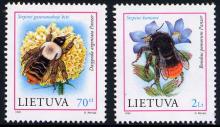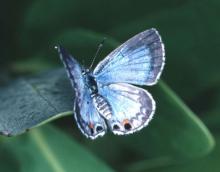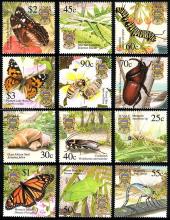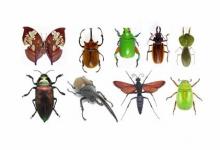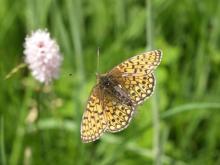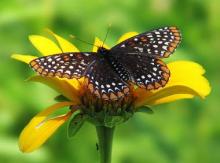Toxicoloog Henk Tennekes: 'Gif bedreigt insectenwereld'
,,Natuurlijk moet je wetenschappelijk bewijs hebben als je suggereert dat bijen en andere insecten massaal sterven door die neonicotinoïden, geeft de toxicoloog Henk Tennekes grif toe. ,,Maar de aanwijzingen worden steeds sterker en toch mogen alle 55 producten waar dit landbouwgif in zit, hier nog steeds gewoon worden gebruikt. Terwijl bijenvolken op grote schaal sterven, het aantal vliegen en muggen steeds kleiner wordt, het aantal vlinders in het westen daalt en talloze insecten zelfs met uitroeiing worden bedreigd. ,,Weet je , zegt hij, ,,ik denk echt dat we op een wereldwijde ramp afstevenen als we niet de moeite nemen om in te grijpen. Het oppervlaktewater in Nederland is vergeven van imidacloprid. Vooral in Noord- en Zuid-Holland. Ik ben ervan overtuigd geraakt, en langzamerhand steeds meer wetenschappers, dat je parallellen kunt trekken met kankeronderzoek. Een veilig blootstellingniveau is namelijk niet definieerbaar, net als met kankerverwekkende stoffen. Realiseren we ons wat dat betekent? Dat we er waarschijnlijk pas in de loop der jaren achterkomen hoeveel soorten insecten gewoon weg zijn en dat daardoor vogels verdwijnen uit Nederland en dan hebben we het nog niet eens over het effect op de mens."

